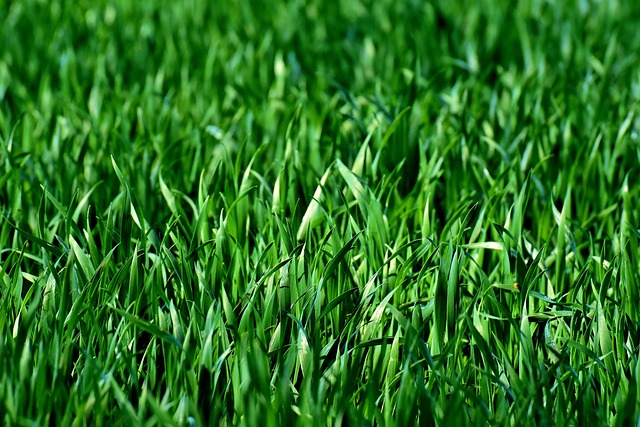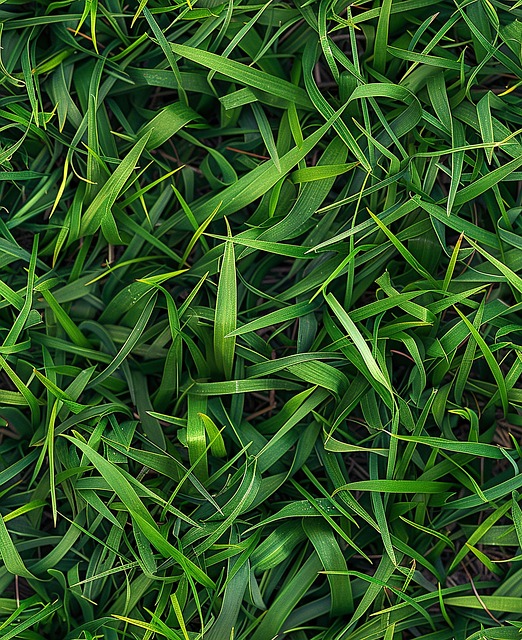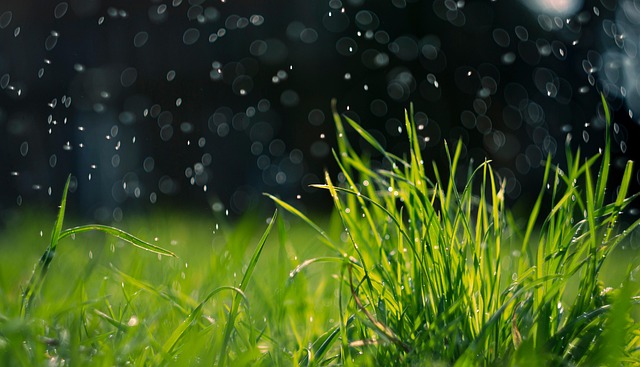Fall lawn fertilization strengthens roots and boosts resilience against winter cold and fungal diseases in Thornton by providing essential nutrients like nitrogen, phosphorus, and potassium. Cool-season grasses and balanced, slow-release fertilizers enhance overall grass health, making lawns less susceptible to infections during the subsequent spring. Timely application before winter ensures optimal nutrient absorption for robust root development.
In the pursuit of maintaining a lush and healthy lawn throughout the year, especially during the harsh winter months, proper fall lawn fertilization is key. This article guides you through the essential practices of fall lawn fertilization for enhanced winter hardiness in Thornton. We explore specific grass varieties resistant to fungal infections and offer a comprehensive guide on preventative measures. By implementing these strategies, you’ll ensure your lawn thrives while minimizing the risk of fungal diseases.
- Understanding Fall Lawn Fertilization for Winter Hardiness
- Selecting Fungus-Resistant Grass Varieties in Thornton
- Implementing Preventative Measures: A Comprehensive Guide
Understanding Fall Lawn Fertilization for Winter Hardiness

In Thornton, fall lawn fertilization is a strategic practice that plays a pivotal role in enhancing your lawn’s resilience and survival during the harsh winter months. This critical step involves feeding your lawn with essential nutrients to strengthen its roots, ensuring it enters the colder season well-prepared. The process is particularly vital as it helps to promote healthy growth in the subsequent spring, when warmer temperatures encourage fungi and other pests to proliferate.
By understanding fall lawn fertilization, Thornton residents can proactively foster winter hardiness in their lawns. This approach focuses on providing the necessary nutrients, such as nitrogen, phosphorus, and potassium, which are crucial for robust root development and overall plant health. Timing is key; applying fertilizers at the right period allows for optimal nutrient absorption, thereby boosting the lawn’s ability to withstand cold temperatures and potential fungal infections that can weaken or destroy grass blades.
Selecting Fungus-Resistant Grass Varieties in Thornton

In Thornton, selecting the right grass varieties is a proactive step in preventing fungal infections. Cool-season grasses like Kentucky Bluegrass and Fescues are known for their hardiness during the colder months, making them suitable choices for Thornton’s climate. These grasses have natural resistance to common fungal diseases, reducing the need for excessive chemical interventions.
When planning your fall lawn fertilization strategy, opt for a balanced approach that enhances overall grass health. Applying a slow-release fertilizer in early fall prepares the lawn for winter by ensuring adequate nutrient absorption. This practice promotes robust root development, making it easier for grasses to combat fungal issues when conditions are favorable again in spring.
Implementing Preventative Measures: A Comprehensive Guide

Implementing preventative measures is a proactive approach to safeguarding your Thornton lawn from fungal infections during the colder months. One of the key strategies lies in Fall lawn fertilization, a process that enhances winter hardiness and strengthens grass against potential pathogens. By applying specific fertilizers at the right time, you create an environment where grasses thrive and are better equipped to resist fungus.
This method involves careful planning and knowledge of local climate conditions. For Thornton residents, timing is crucial; fall treatments ensure nutrients are well-absorbed before winter sets in. Using suitable fertilizers formulated for cool-season grasses, like Kentucky Bluegrass or Fescues, promotes robust root development, making lawns less susceptible to fungal illnesses commonly found in moist spring environments.
In conclusion, maintaining a healthy and robust lawn in Thornton requires a multi-faceted approach. By understanding the importance of fall lawn fertilization for winter hardiness, choosing fungus-resistant grass varieties, and implementing preventative measures, you can significantly reduce the risk of fungal infections. These strategies, combined with regular care, will ensure your lawn thrives during the colder months, providing a vibrant and disease-free green space all year round.
